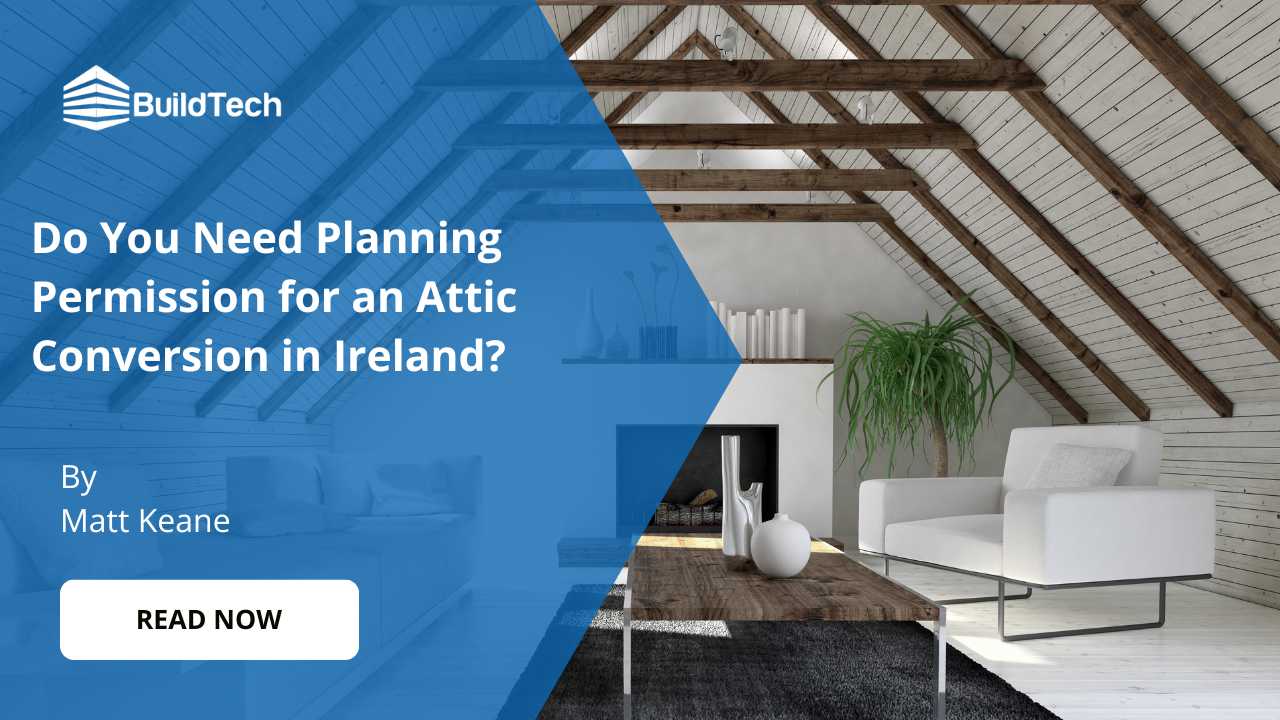Is it possible to upgrade your home with wooden trusses after the construction has already begun? The attraction of wooden trusses is in their timeless appeal for beauty and structural strength, making them a useful addition to any new build.
Whether you're seeking to increase the structural strength of your roof or add a touch of simple charm to your living space, wooden trusses may be the perfect solution.
In this blog, you will get all the information about installing roof trusses after a new build. We will explain the factors, installation steps, techniques & permits involved in integrating wooden trusses into an existing construction project.
So, let’s explore the possibilities of putting wooden trusses after your new build.
What are the Factors Influencing Addition of Wooden Trusses After a New Build?
There are several factors influencing the installation of wooden roof truss. Some of the factors are explained below:
Practicality of adding wooden trusses:
Installing wooden trusses into an existing new build is practical but depends on several factors. Firstly, it's essential to assess the structural strength of the existing framework to determine if it can support the additional weight and design of the trusses.
Additionally, other factors such as roof design, space availability, and accessibility play an important role in explaining the value of truss installing. Consulting with a structural engineer or experienced builder is advisable to check the process of adding wooden trusses to an ongoing construction project.
Structural considerations:
Structural considerations are of great importance when installing wooden trusses into an existing new build. Load-bearing capacity is a critical factor to consider, as the existing framework must be able to support the weight of the trusses and the roof covering.
Similarity with the existing framework is also essential, ensuring that the trusses can be properly lined up and secured without compromising structural strength.
Additionally, factors such as roof pitch, span, and spacing must be carefully examined to ensure best performance and long life of the truss system.
What are the Steps of Installing Wooden Trusses After a New Build?
Installing wooden trusses after a new build involves several key steps to ensure proper alignment, structural integrity, and stability:
Preparation:
Begin by preparing the roof structure to install the trusses. This may involve installing temporary bracing to support the existing framework and ensure stability during the installation process.
Positioning:
Carefully position each truss according to the predetermined layout and spacing requirements. Ensure that the trusses are aligned correctly and securely anchored to the existing framework.
Securing:
Secure the trusses in place using suitable fasteners, such as nails or screws, ensuring that they are strongly attached to the walls and support beams of the building.
Alignment:
Verify the alignment and spacing of the trusses, making any necessary adjustments to ensure symmetry and structural integrity.
Bracing:
Install temporary bracing between the trusses to provide additional support and stability during the construction process.
Roof Sheathing:
Once all trusses are securely installed and aligned, proceed with installing the roof sheathing or decorate material over the trusses to provide a solid base for the roof covering.
Roof Covering:
Finally, install the chosen roof covering material, such as shingles or tiles, over the roof sheathing to complete the roofing system.
What to Consider When Adding Wooden Trusses After a New Build?
There are a number of things to consider for a smooth installation of wooden truss after a new build. Some of these are listed below:
Consultation with professionals:
Before starting on the integration of wooden trusses into an existing new build, it's important to consult experienced professionals, such as structural engineers or builders. These experts can assess the structural practicality of truss integration and provide valuable understanding into useful techniques and best practices.
Structural assessment:
Conduct a detailed structural assessment of the existing framework to ensure it can support the additional weight and design of the trusses. Identify any structural weaknesses or shortages that may need to be addressed before proceeding with truss integration.
Customisation and prefabrication:
Choose customised wooden trusses that are prefabricated to exact specifications. This ensures that the trusses are tailored to fit the unique measurements and requirements of the existing roof structure, facilitating smooth integration.
Proper installation:
Follow proper installation techniques and protocols to ensure the trusses are securely installed and lined-up with the existing framework. Use high-quality fasteners and hardware to ensure structural integrity and stability.
Sealing and weatherproofing:
Seal and weatherproof the joints and connections between the trusses and the existing framework to prevent moisture infiltration and potential water damage. Proper sealing helps maintain the structural integrity of the roof system and increase its lifespan.
What Permitting and Regulatory Requirements Required For Wooden Trusses Installation in Existing Buildings?
Before planning the installation of wooden trusses into an existing new build, it's important to understand the permitting and regulatory features.
Building permits:
It's essential to obtain the necessary building permits from the local authorities. Building permits are typically required for structural modifications to ensure compliance with building codes and regulations.
Submitting detailed plans and statements for the truss integration project is often necessary as part of the permit application process.
Structural engineering approval:
In addition to building permits, structural engineering approval may be required for changings involving the installation of wooden trusses into a new build. A structural engineer will assess the suggested changes to ensure they meet safety and structural integrity requirements.
This may involve reviewing structural calculations, plans, and specifications to verify that the truss integration project meets the applicable regulations.
Building code compliance:
Changing a new building to adjust wooden trusses must stick to building codes and regulations governing structural modifications. These codes specify minimum standards for structural design, construction materials, and safety features to ensure the integrity and safety of buildings.
Compliance with building codes is essential for obtaining building permits and ensuring the validity and safety of the truss integration project.
Follow-up:
Accepting building codes is not open to discussion when making changes to a new build to install wooden trusses. By observing building codes and regulations, homeowners and builders can ensure that their project meets the necessary safety and structural standards.
Working with experienced professionals familiar with local building codes is advisable to start the compliance process effectively.
Conclusion:
Integrating wooden trusses into a new building after construction is indeed practical with careful planning and lined-up with structural and regulatory considerations.
However, consulting with professionals, and ensuring compliance with permitting and regulatory requirements, homeowners can successfully increase their properties with the beauty and structural benefits of wooden trusses.
So, if you're considering adding wooden trusses to your new build or renovation project, contact BuildTech today. Our experienced team can provide expert guidance and services to help you install wooden trusses after your new build.


















